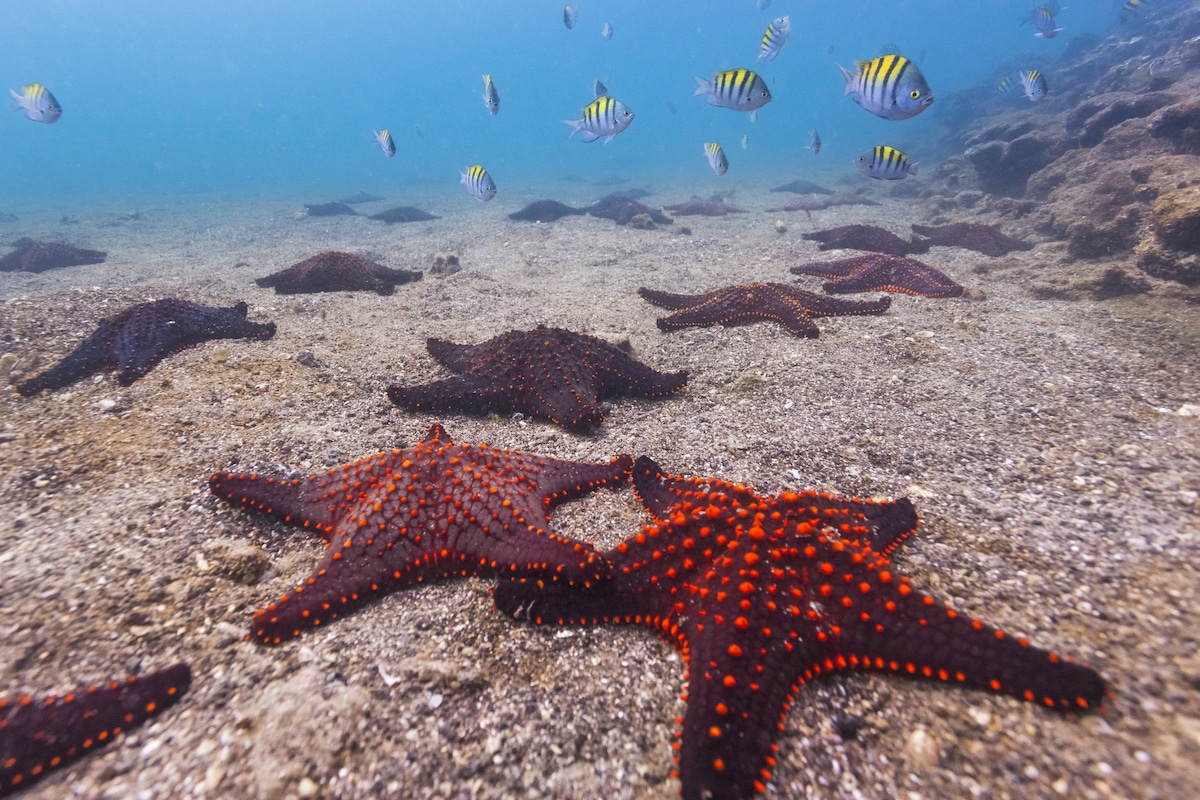Deep-Sea Mining Could Cause 25x the Biodiversity Loss of Land-Based Mining, Report Warns

 Why you can trust us
Why you can trust us
Founded in 2005 as an Ohio-based environmental newspaper, EcoWatch is a digital platform dedicated to publishing quality, science-based content on environmental issues, causes, and solutions.
Rising demand for metals like nickel, cobalt, copper and manganese to make batteries used in smartphones and electric vehicles, along with depleting land-based deposits, has led to increased interest in deep-sea mining. But research suggests that the process of extracting mineral deposits from the ocean floor could destroy habitats and decimate species.
According to a new report from British nonprofit financial think tank Planet Tracker, mining the ocean’s depths could cause as much as 25 times more biodiversity loss than terrestrial mining, reported Reuters. And the financial cost of repairing that damage would be twice as much as extracting it.
The seabed is littered with small lumps of minerals at depths of about two-and-a-half to three-and-a-quarter miles down, but these nodules are also vital habitats for a host of marine species.
“The main indirect impacts of deep sea mining are associated with the sediment plumes and noise created by mining activity which could have far-reaching impacts on ocean ecosystems. For example, seabed communities could be smothered, toxic metals may be released, deep sea fisheries could be contaminated and nutrients could be introduced into otherwise nutrient-poor ecosystems. While these impacts are relatively under studied, existing research indicates they are likely to be very difficult to control and contain due to the highly interconnected and dynamic nature of the ocean,” the report said.
The report, “The Sky High Cost of Deep Sea Mining,” said the destructive mining process in international waters would impact a biosphere region equal to more volume than all of the planet’s freshwater.
The loss of biodiversity could also be irreversible, Planet Tracker warned.
“[T]he nodules… take millions of years to form,” said François Mosnier, head of Oceans Programme at Planet Tracker, as Reuters reported.
Those in support of the deep-sea mining process have said that, in order to mitigate the impacts, artificial clay nodules could be installed after the natural clumps had been extracted, but, according to the report, the cost would be $5.3 to $5.7 million for every 0.39 square miles. The mining itself would be about $2.7 million for the same area.
The International Union for Conservation of Nature (IUCN) has warned, “Deep-sea mining should be halted until the criteria specified by IUCN are met, including the introduction of assessments, effective regulation and mitigation strategies.”
Regulations for mining the ocean floor in international waters by the Jamaica-based United Nations’ International Seabed Authority are expected by next month.
“The pro-deep seabed mining lobby is creating their own narrative by choosing to portray only some of what we know and don’t know. They are selling a story that companies need deep seabed minerals in order to produce electric cars, batteries and other items that reduce carbon emissions,” said Jessica Battle, leader of WWF’s No Deep Seabed Mining Initiative, according to a 2021 WWF press release.
Companies like Samsung SDI, AB Volvo Group and Google, as well as several countries, have called for a moratorium on beginning the destructive process, reported Reuters.
“But savvy companies that are committed to sustainability are seeing through that false narrative. Deep seabed mining is an avoidable environmental disaster. We can decarbonize through innovation, redesigning, reducing, reusing and recycling,” Battle said.
Subscribe to get exclusive updates in our daily newsletter!
By signing up, you agree to the Terms of Use and Privacy Policy & to receive electronic communications from EcoWatch Media Group, which may include marketing promotions, advertisements and sponsored content.

 233k
233k  41k
41k  Subscribe
Subscribe 




